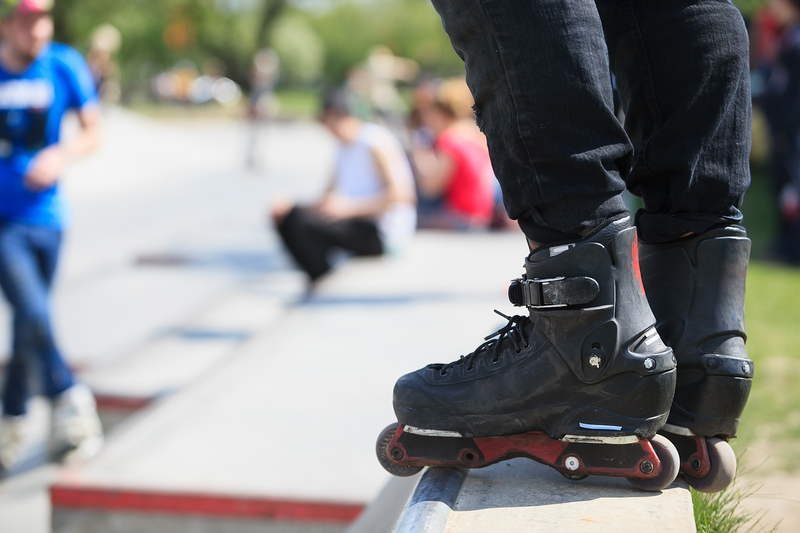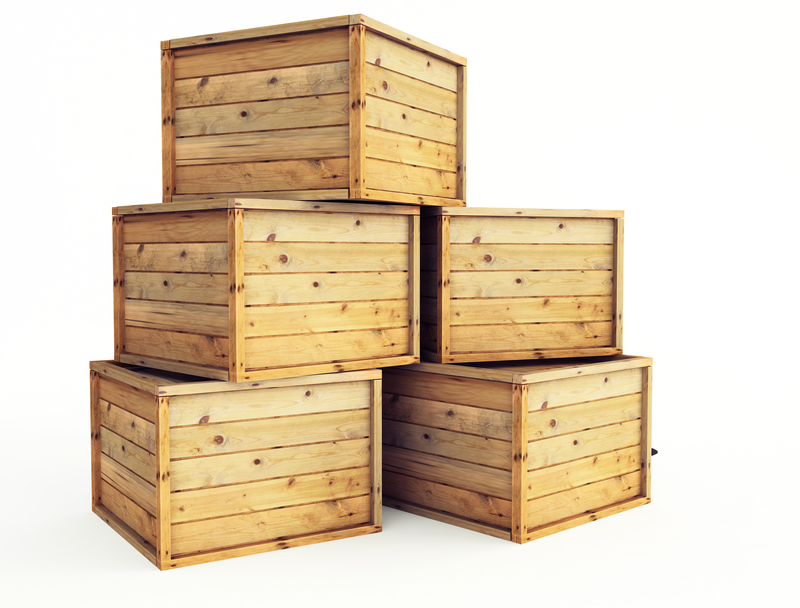Efficiently Preparing Your Garden for a Move
Posted on 16/04/2025
Moving homes can be an exciting yet challenging experience, especially for those who cherish their gardens. Whether you've spent years cultivating a lush landscape or have a few beloved plants, the thought of leaving them behind can be heart-wrenching. However, with proper planning and execution, you can transition your green haven to your new abode seamlessly. In this article, we will guide you through the various steps required to efficiently prepare your garden for a move.
Assessing Your Garden
First and foremost, you need to evaluate your entire garden to determine what can be moved, and what should be left behind. Start by making a comprehensive list of all plants, garden structures, and other elements. You'll need to take into account factors such as size, climate requirements, and the adaptability of your garden elements to a new location.
It's also important to understand the regulations of your new residence. Some plants may be considered invasive in different regions and may not be allowed. Check with local guidelines to avoid any surprises.

Planning the Move
Once you've assessed your garden, the next crucial step is to plan the move in meticulous detail. Planning ahead helps in minimizing disruptions to the plants and ensures they have the best chance of survival.
1. Seasonal Considerations: The optimal time to move most plants is during their dormant season, usually in late autumn or early spring. This reduces the stress on the plants, making them more likely to thrive in their new location.
2. Timeline and Logistics: Prepare a timeline that spans the weeks leading up to the move. Break down tasks week by week, such as pruning, digging up plants, and preparing pots. Consider how you will transport bulky items like large containers and garden furniture.
3. Inventory and Labeling: Keep an inventory of all the items being moved. Label each pot and container clearly to facilitate easy replanting at your new home.
Preparing Plants for the Move
The core of moving your garden lies in the careful preparation of your plants. Here's how to efficiently prepare them:
1. Pruning and Trimming: Trim back excessive growth to reduce the size and weight of the plants. This will also lower their water and nutrient requirements during the move.
2. Watering: Water the plants thoroughly a day before the move. This ensures that they are well-hydrated and can withstand the stress of transportation.
3. Digging Up Plants: Use a sharp spade to dig up each plant, ensuring to take as much of the root ball as possible. For larger plants, you may need additional hands or tools to ease the process.
4. Transferring to Pots: Place each plant in a suitable-sized pot, filling it with fresh nursery soil. Ensure the pots have good drainage to prevent waterlogging.
Transporting the Garden
Once your plants have been prepared, the next challenge is to transport them safely to your new home.
1. Packing: Use sturdy boxes or crates to pack the pots. Fill in gaps with packing material like paper or cloth to prevent any movement during transit. Cover the tops of plants with a plastic bag to keep the soil intact and maintain humidity.
2. Loading: Load the plants carefully into your vehicle. Heavy items should be placed at the bottom to avoid crushing lighter plants. Ensure that they are not exposed to direct sunlight or extreme temperatures during the journey.
3. Unloading and Temporary Storage: Upon arrival, unload the plants immediately. If it is not possible to plant them right away, place them in a shady, sheltered area where they can acclimatize to their new environment.
Re-establishing Your Garden
Replanting your garden is the final, yet equally important stage of the move.
1. Soil Preparation: Begin by preparing the soil in your new garden area. Test the soil pH and amend it if necessary to make it conducive for your plants. Add compost to enhance fertility and structure.
2. Positioning and Planting: Refer to your inventory and labels to position each plant in its ideal location. Dig holes that are slightly larger than the root balls, place the plants, and fill in with soil. Water thoroughly to settle the soil around the roots.
3. Care and Maintenance: Newly transplanted plants need extra care. Water them regularly, taking care not to overwater. Mulch around the plants to conserve moisture and suppress weeds. Monitor them closely for signs of stress and take corrective actions as needed.
Moving Garden Accessories
Apart from plants, your garden may have various accessories and structures that need to be moved. This includes garden furniture, decorative elements, and possibly even small sheds or greenhouses.
1. Cleaning and Disassembling: Clean all garden furniture and accessories, and disassemble larger items like pergolas or sheds. This makes them easier to transport safely.
2. Packing and Transporting: Use appropriate packing materials to protect delicate items. For example, wrap garden statues in bubble wrap and use sturdy boxes for smaller items.
3. Reassembling at Your New Home: Once at your new home, reassemble and set up all garden structures and accessories. Take this opportunity to re-imagine your garden layout and perhaps try new arrangements or themes.

Special Considerations for Different Plant Types
Different types of plants require specific care and attention, especially during a move.
1. Perennials and Shrubs: These plants usually have extensive root systems that need careful handling. Prune them back and ensure their root balls remain intact.
2. Annuals and Bulbs: These plants can be more sensitive to stress. For annuals, consider planting new seeds if they do not survive the move. Bulbs should be dug up carefully and stored in a cool, dry place until replanting.
3. Container Plants: These are generally easier to move since they are already in pots. However, ensure they are securely packed to prevent damage during transit.
Conclusion
Preparing and moving your garden doesn't have to be a daunting task. With proper planning, careful preparation, and attentive care, you can successfully transition your beloved green space to your new home. Prioritize the health and safety of your plants throughout the process, and remember that the effort you invest will be richly rewarded when you see your garden flourishing once again in its new surroundings. Happy gardening and happy moving!





